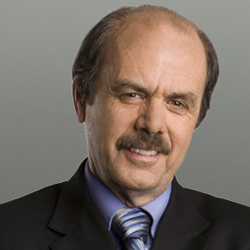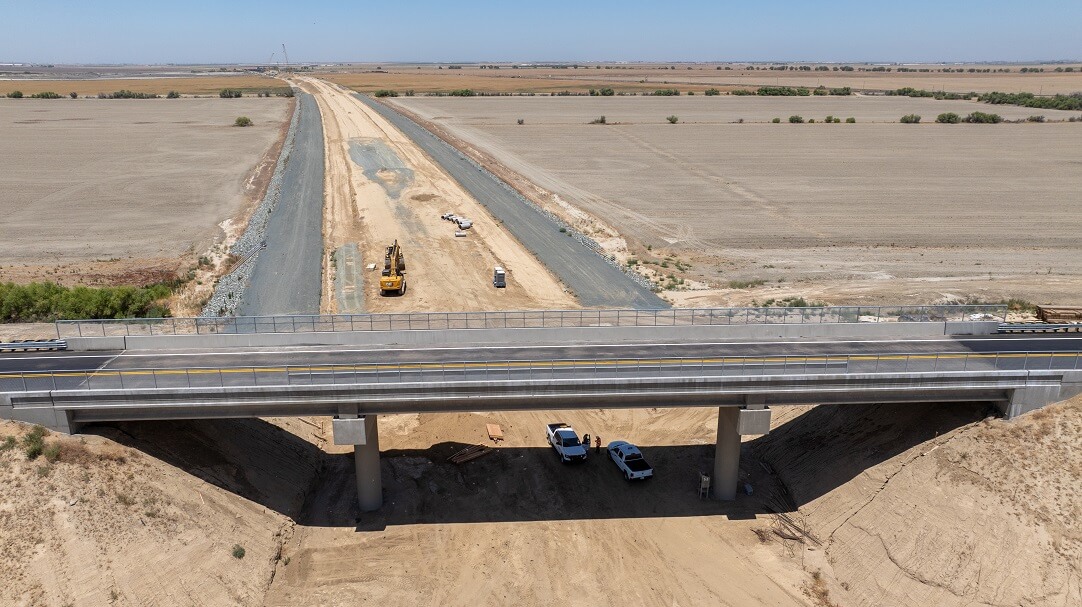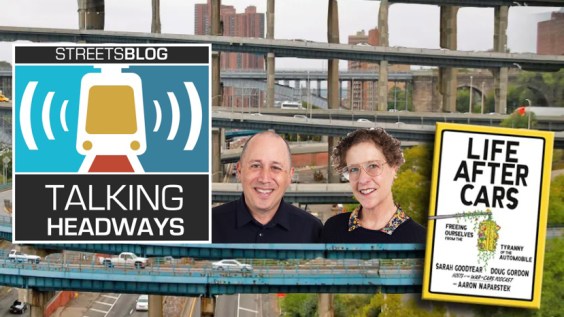Phil Matier, a pundit for KCBS and the SF Chronicle, has been betraying a rather stunning lack of policy knowledge recently, painting transit in the Bay Area as a boondoggle and wagging his finger at "bicycle lobbyists" for opposing a statewide mandatory helmet law.
In a KCBS radio segment this week, Matier did seem to understand the case against the mandatory helmet law proposed by State Senator Carol Liu:
[Bicycle lobbyists] feel that the requirement of helmets for adults would be another barrier to more people getting on bicycles and that it would be a disincentive. Safe or not, they seem to think it’s more important to get more people to ride their bikes.
The concept that Matier was apparently trying to convey is called "safety in numbers" -- the well-documented phenomenon that biking is safer the more people are on bikes. As CA Bicycle Coalition has argued, helmet laws have been shown to only discourage bicycling, countering the safety in numbers effect. Focusing on helmets distracts from the implementation of changes that actually make streets safer and prevent crashes in the first place.
But then Matier went on to ignore that point and paint bike advocates as a constituency that just wants something for nothing:
San Francisco has already started to spend $3 million on bicycle awareness and will continue to do so for the next few years. This will include safety campaigns and improvements to bike lane infrastructure. The city has also called to increased citations to motorists by 50 percent in the next two years in an effort to cut down on injuries.
But when you turn it around on the bicycle groups, they don’t want to adhere to things like mandatory helmet wearing or even chipping in money on the new bike lanes. This is making state lawmakers and politicians wonder if this is a one-way street.
There's a lot to unpack here. For one thing, the SFMTA has barely increased its bike spending in recent years, and $3 million remains only about 2 percent of the agency's total budget.
Matier is also dead wrong when he claims that people who bike don't "chip in on new bike lanes." The vast majority of funding for local street infrastructure, including bike lanes, comes from general taxes paid by everyone. People who bike instead of drive also impose much less in the way of maintenance costs on the street system.
The share of road costs borne by people who don't drive is only increasing as gas tax revenue dwindles (and proposed increases are repeatedly rejected) and general funding sources pick up the tab. In SF, general tax revenues, not user fees, pay 75 percent of roadway maintenance costs. In November, SF voters approved Propositions A and B, which increase the share of transportation funding that come from general funds and property taxes.
Matier and his partner Chronicle columnist Andrew Ross are known as watchdogs of wasteful public boondoggles. But too often, they have a blind spot when it comes to how much drivers pay for car infrastructure.
Matier and Ross's recent column made a poorly-vetted argument to bash transit subsidies, based on a new figure showing that Bay Area transit ridership has declined by 14 percent per capita over the last 20 years. The number came from Bay Area Vital Signs, a new website launched by the Metropolitan Transportation Commission to provide easy access to data on transportation, housing, and the economy in the Bay Area.
Matier and Ross wrote that "despite tens of billions of dollars in government subsidies and countless incentives, the percentage of Bay Area commuters taking mass transit hasn’t gone up a bit in more than two decades -- in fact, it’s declined."
It's as if, to Matier and Ross, driving in the Bay Area doesn't rely on massive subsidies to support free parking, freeways, and public streets.
As some Streetsblog commenters pointed out, the Bay Area has also seen a great share of car-dependent sprawl in the last 20 years. Bay Area Vital Signs has yet to publish those figures on housing development, but they'll likely show that more residents are living in new single-family homes on the outskirts of the region without convenient transit access, tipping the scales toward car commuting. It's a pattern that local governments aim to curb with Plan Bay Area, which focuses new housing development around transit hubs.
As watchdogs of government spending, there are certainly some big fish for Matier and Ross to fry when it comes to driving subsidies. Perhaps their next column can look at how much taxpayers are paying for the parking garages being built at BART stations at a cost of $35,000 per space. Plenty of media scrutiny has certainly been brought to the massive cost overruns on the $6.4 billion east span of the Bay Bridge, which was built mostly to move private automobiles. It would be enlightening to know how much of that is covered by toll payers, and how much is being paid for by everyone else.






